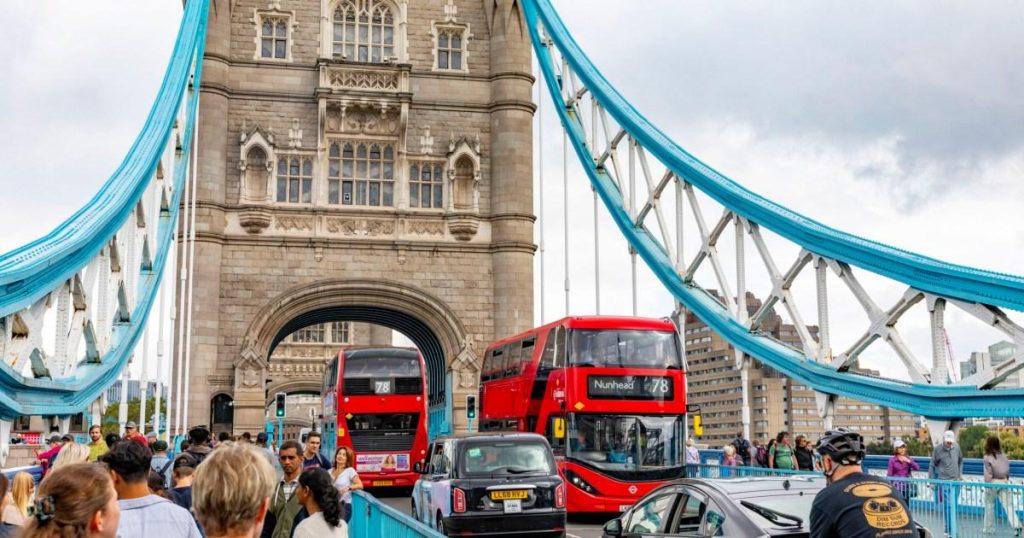The incident of a London bus dramatically leaping across Tower Bridge’s opening bascules on December 30, 1952, stands out as a remarkable feat of quick thinking and a testament to the composure of the bus driver, Albert Gunter. This event, which could have easily resulted in a catastrophic accident, unfolded amidst the backdrop of London’s iconic bridge and its established opening procedures. While seemingly unbelievable, contemporary accounts and testimonials corroborate this extraordinary tale.
Tower Bridge, a symbol of London, operates with a bascule mechanism, allowing its central roadway to split and lift to permit the passage of taller vessels. A system of bells and watchmen historically orchestrated this process, ensuring the bridge was clear before initiating the lift. However, on that fateful day in 1952, a critical breakdown in this system set the stage for Mr. Gunter’s heroic actions. As his number 78 bus traversed the southern bascule, the roadway began to rise beneath him, presenting a sudden and terrifying dilemma.
Confronted with the rapidly widening gap and the looming threat of plunging into the River Thames, Mr. Gunter made a split-second decision that defied conventional wisdom. Rather than braking, he accelerated, aiming to clear the widening void and reach the still-stationary northern bascule. His estimation of the bus’s capabilities, likely informed by his wartime experience as a tank driver, proved remarkably accurate. At a speed of just 12 mph, the bus successfully hurdled the six-foot vertical drop, landing somewhat precariously on the other side.
The immediate aftermath revealed a scene of controlled chaos. While several passengers sustained minor injuries from the abrupt impact, Mr. Gunter himself suffered a broken leg. Astonishingly, the bus, a testament to its sturdy construction, escaped with minimal damage, sustaining only a broken suspension spring. Peter Dunn, a young passenger on the bus, recounted the suddenness of the event, describing a loud crash and being thrown to the floor, followed by Mr. Gunter’s calm explanation of his decision.
The incident swiftly gained attention, transforming Mr. Gunter into an unlikely hero. His courageous act, born out of necessity and executed with remarkable precision, prevented a potentially disastrous outcome. The public, captivated by the audacious maneuver and its fortunate conclusion, celebrated his quick thinking and bravery. The story spread rapidly, solidifying its place in London’s rich tapestry of unusual occurrences.
While the incident highlighted a serious flaw in Tower Bridge’s safety procedures, it also showcased the human capacity for resourceful action under pressure. Mr. Gunter’s modest reward of £10 and a day off, though seemingly paltry in comparison to the averted disaster, reflected the era’s values and his own down-to-earth nature. His calm demeanor and humorous response to the incident, earmarking half the reward for his wife, further endeared him to the public. The ‘leap of faith’ over Tower Bridge became an enduring anecdote, a quirky footnote in London’s history, and a testament to the unpredictable nature of life in a bustling metropolis. It serves as a reminder that even amidst the mundane routines of daily life, extraordinary events can unfold, demanding extraordinary responses.











